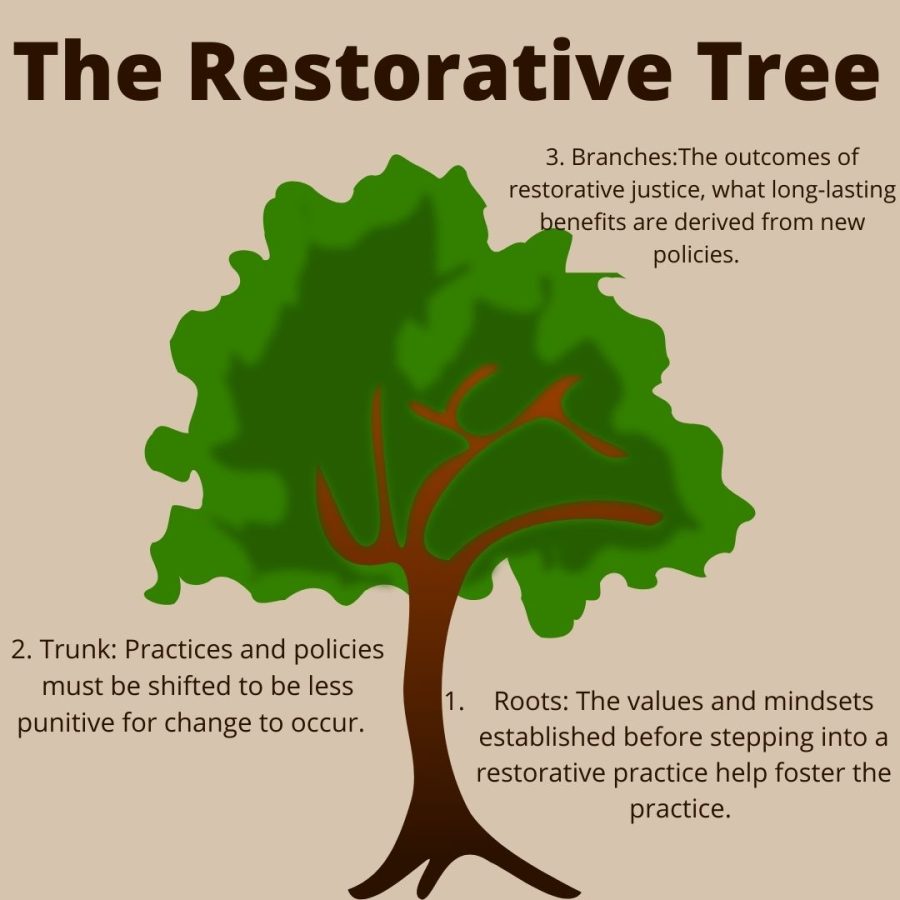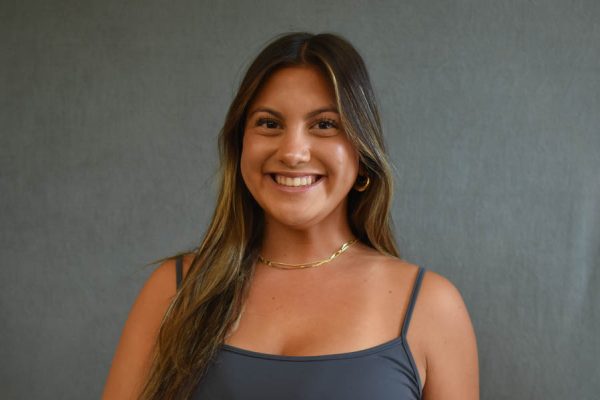Teacher Brings Restorative Practices to Classroom
March 14, 2022
Teaching is a profession that allows an individual to have a profound impact on many students’ development. From the messages they convey to the type of discipline they practice, a teacher can shape a student’s opinions and ideals. Jonathan Walters, an English teacher and DIRHA mentor understands and utilizes this impact to enact change.
Walters has a background in restorative justice, which is less punitive and centered in repairing harm through communication between the harmed and the person who harms. Walters began practicing restorative justice in his own teaching during his masters and teaching credential program. “I was able to witness firsthand other high school teachers implementing restorative justice in their classrooms and even was taught by a professor —who is considered an expert in restorative justice, as she utilizes it in her classroom—on the basics, vision, and how to implement the model,” said Walters.
Walters’ own learning and interactions with restorative justice had a profound impact on him and motivated him to practice it in his own classroom. “I have been able to witness first-hand how vital and effective restorative justice is in regards to student behavior, achievement, and development of an active voice,” said Walters.
Previous teachers and current mentors such as Dr. Jennifer Quezada, friends such as Tori Mills M.Ed, and professors such as Tara J. Yosso and Dr. Rita Kohli, have all inspired Walters to continue to practice restorative justice in the ways he does.
“I apply the principles of restorative justice in my classroom by first sharing vision with my students in regards to what restorative justice entails and why they will notice a difference in the way I approach them, speak to them, and handle classroom management. I, then, outline my strategies when it comes to expected behavior and how to correct it including restorative critical reflections, restorative circles, and one on one meetings. Students and I co-create norms—not rules—for expected behavior and how we are going to treat each other throughout the year, and we all initially agree to uphold those norms. We revisit them each day at the onset of class,” said Walters.
In his classroom, Walters has facilitated restorative circles, and has contributed to the BRIDGES presentation on restorative justice during Unity Week. “If I could motivate other teachers to practice restorative justice I would say to be willing to be challenged in the ways we think about classroom management and power dynamics in the classroom in order to reap the benefits of a classroom that encourages students and teachers to hold each other accountable, repair relationships, and ensure outcomes of lasting change rather than short-term,” said Walters.



